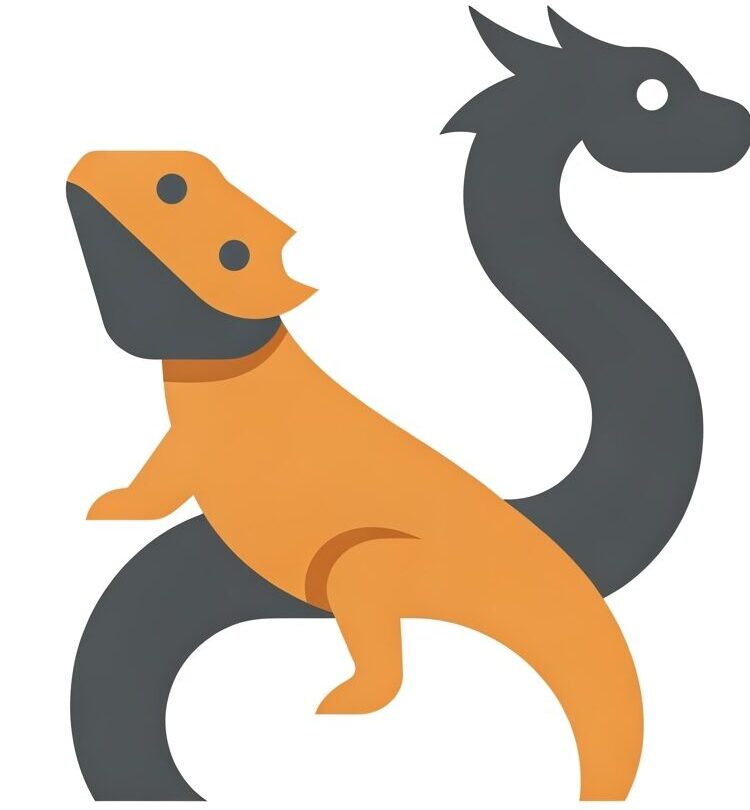Can Leopard Geckos Safely Eat Silkworms? A Complete Guide
Leopard geckos require a carefully balanced diet to thrive, so it’s natural to wonder about different food options. This article will explore whether silkworms are a safe and nutritious addition to your gecko’s meal plan.
The Short Answer (Is Silkworms Safe?)
Yes, silkworms are a safe and even beneficial food option for leopard geckos. They are relatively soft-bodied, easy to digest, and contain good nutritional value, making them a healthy addition to a varied diet.
Nutritional Value / Potential Risks
Silkworms offer a good balance of nutrients for leopard geckos. They are high in protein, low in fat, and contain essential vitamins and minerals. Importantly, they have a favorable calcium-to-phosphorus ratio, which is crucial for preventing metabolic bone disease (MBD) in reptiles. They are also relatively easy for leopard geckos to digest due to their soft exoskeleton, minimizing the risk of impaction. There are no known toxins or substances in silkworms that pose a threat to leopard geckos.
Compared to some other feeder insects, silkworms are generally considered a healthier choice than, for example, mealworms (which have a tougher exoskeleton and higher fat content). However, variety is key to a balanced diet, so silkworms should not be the only insect offered.
How to Feed
Silkworms are relatively easy to feed to leopard geckos. Here’s how:
- Size Matters: Offer silkworms that are appropriately sized for your gecko. As a general rule, the silkworm should be no larger than the space between your gecko’s eyes. Smaller geckos will obviously need smaller silkworms.
- Gut-Loading (Optional): While silkworms are already nutritious, you can “gut-load” them for 24 hours before feeding to further enhance their nutritional value. This means feeding them a nutritious diet themselves. Commercial silkworm food is available, or you can use a gut-loading formula designed for feeder insects.
- Dusting (Recommended): Lightly dust the silkworms with a calcium and vitamin D3 supplement powder before feeding. This ensures your gecko receives adequate calcium and vitamin D3, further reducing the risk of MBD. This is especially important if silkworms are a frequent part of the diet.
- Feeding Frequency: Silkworms can be offered as part of a varied diet 2-3 times per week, alongside other staple feeder insects like crickets and dubia roaches. Avoid feeding only silkworms.
- Presentation: Use feeding tongs to offer the silkworm to your gecko, or place it in a feeding dish. This can help prevent loose insects from escaping into the enclosure.
- Observe: Monitor your gecko to ensure it is able to catch and eat the silkworm without difficulty.
Important Considerations / Warnings
- Variety is Key: While silkworms are a great addition, don’t rely on them as the sole food source. A varied diet with other insects like crickets, dubia roaches, and occasional waxworms (as a treat) ensures your gecko receives a wide range of nutrients.
- Dusting is Crucial: As mentioned before, consistent dusting with a calcium and vitamin D3 supplement is vital when feeding silkworms regularly.
- Observe for Reactions: While rare, monitor your gecko for any signs of allergic reaction or digestive upset after introducing silkworms. These signs could include regurgitation, lethargy, or changes in stool.
- Source Matters: Purchase your silkworms from a reputable breeder or supplier to ensure they are healthy and have been raised properly.
Conclusion
Silkworms are a nutritious and safe insect option that can be a beneficial part of a leopard gecko’s balanced diet. Remember that variety is crucial, and always prioritize a species-appropriate diet to ensure your leopard gecko remains healthy and happy for years to come.
